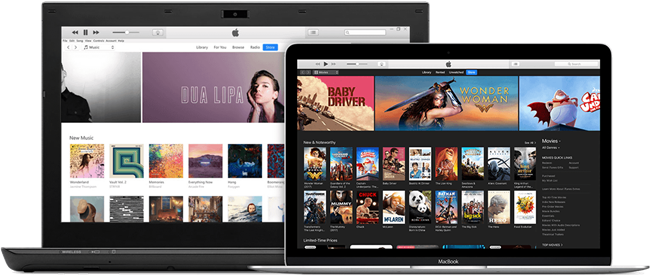
Apple now offers two main ways to access its music service: Apple Music and iTunes. Each one is popular, but they work quite differently, so a battle begins.
Before 2015, iTunes was the main way to get music from Apple. But when Apple Music came out, iTunes started to lose ground. As many know, Apple eventually removed iTunes from macOS, and there are even rumors that Apple might do the same on Windows. Many new users today are unsure about the differences between Apple Music and iTunes, and some even think Apple Music has completely replaced iTunes.
So today, we'll take a look at what makes Apple Music and iTunes difference. Plus, we'll explore why Apple Music has become the focus of Apple's music services while iTunes has taken a back seat.
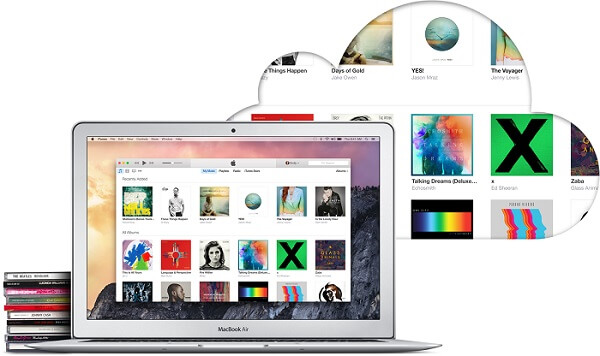
Head to head comparison between iTunes Match and Apple Music, including differences and similarities to help you sort out which service suits you better.
Part 1. Apple Music vs iTunes: Overview
iTunes has been around since 2001, originally starting as a way to buy and own music online. Back then, purchasing a CD was the main way to get music, but iTunes made it easy to purchase individual songs and albums digitally. Over time, iTunes expanded to offer movies, audiobooks, and podcasts, becoming a convenient place to manage all your digital media in one spot. However, in 2019, Apple phased out iTunes on Mac with the introduction of macOS Catalina, splitting the service into separate apps: Music, Books, and Podcasts.
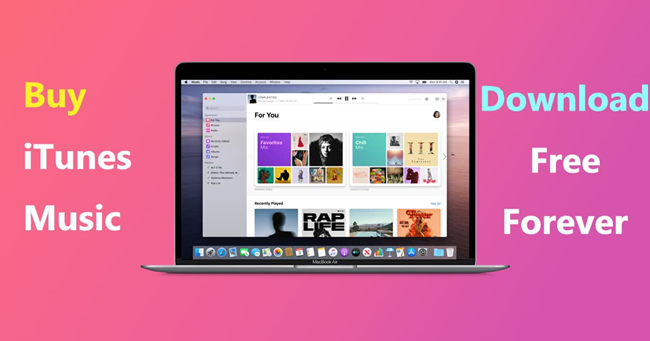
Can you still buy music on iTunes? Yes, you can purchase music from iTunes even without subscription to Apple Music. However, you still can't play music you've paid for without Apple services, but here's a solution to download and play iTunes music everywhere without restriction.
Then came Apple Music in 2015, which shifted the focus from owning music to streaming it. Instead of buying songs one by one, Apple Music offers a subscription service where you can access over 100 million songs, curated playlists, radio stations, and personalized recommendations. It's available on almost all Apple devices, including iPhones, iPads, and Macs running macOS Catalina or later. You can also use it on Android and Windows devices.
iTunes is still available for users on Windows 10 or earlier. However, for those on Windows 11, Apple has dedicated apps for Apple Music and Apple TV, providing a more seamless experience. If you want to watch movies or shows, you'll need to use the Apple TV app, which allows you to rent or purchase content and also offers Apple TV+ for streaming exclusive shows and movies. Audiobooks and podcasts have now moved to Apple Books and the Podcasts app on newer devices.
In short, with Apple Music, you don't buy songs outright. Instead, you stream or download music for offline listening as long as your subscription is active. If you prefer to own your music, iTunes remains a solid choice and is well-known as one of the top digital music stores.
Part 2. Key Differences Between Apple Music and iTunes
1. User Interface: A Modern Look vs. Traditional Design
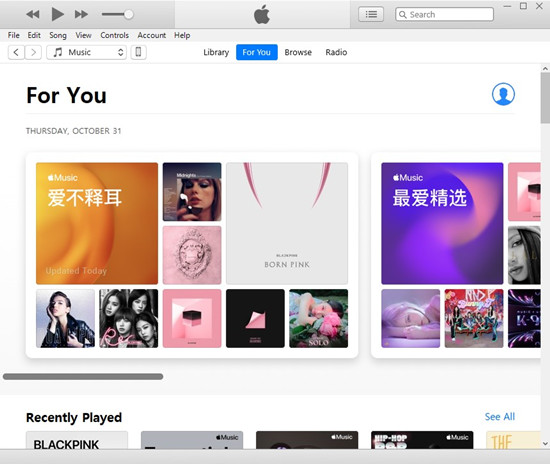
When you look at the user interface, iTunes and Apple Music each have their own style. iTunes sticks to a classic layout that organizes everything neatly. You'll find options for "Music," "Movies," "TV Shows," "Podcasts," and "Audiobooks." This makes it easy to find what you want. For music lovers, there are sections like "Recently Added," "Artists," "Albums," "Songs," "Genres," "Music Videos," and "Downloaded." If you like having all your media in one place, iTunes does a great job.
In contrast, Apple Music has a fresh, modern design that focuses on streaming. When you open the app, you're greeted with personalized recommendations and playlists tailored to your taste. The bottom navigation bar includes handy tabs like "Listen Now," "Browse," "Library," and "Search," making it simple to switch between discovering new music and accessing your own library.
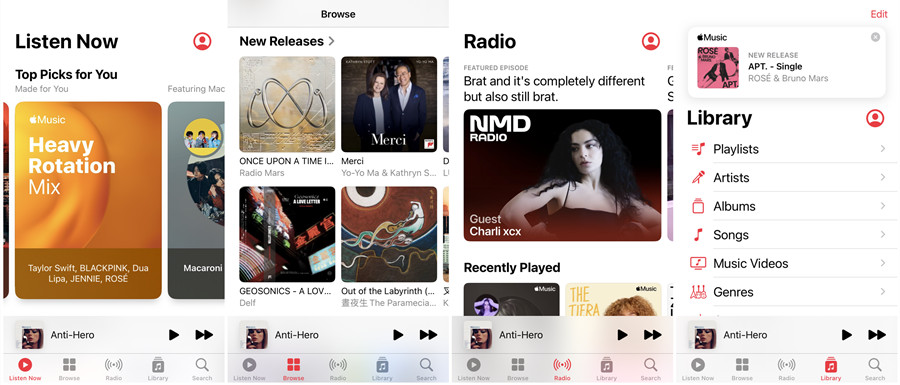
In the "Library" tab, managing your music is straightforward. You can sort songs by artists, albums, or playlists, giving you a clear overview of your collection. Plus, if you want to listen offline, downloading your favorite tracks is easy. For Apple Music subscribers, all the music in your plan is available in the "Browse" section, while your playlists are under "Music Playlists." Any playlists you create with Apple Music content, like "Today's Hits 2024," will be found in "Apple Music Playlists."
If you're using Apple Music on Android, the experience is just as smooth. The interface is user-friendly, and you can even use Google Assistant to control playback. Just say, "Hey Google, play my Apple Music playlist," and you're set! It also supports Google Cast, so you can easily stream your music to compatible devices. This feature is great for sharing songs with friends or enjoying music on a bigger sound system.
2. Content Access: Ownership vs. Streaming Availability
When you buy a song or an album in iTunes, it's yours to keep forever. You can download it, burn it to a CD, or even share it with friends. That kind of ownership gives you the freedom to enjoy your music anytime, even when you're offline. If having a personal collection is your thing, iTunes is definitely a solid option.
On the other hand, Apple Music works differently. With a monthly subscription, you unlock access to a massive library of over 100 million songs. You get playlists, personalized recommendations, and exclusive tracks. But there's a trade-off - if you cancel your subscription, all that music goes away. So, you have to decide if you're okay with that.
Many users love the convenience Apple Music offers. The "For You" section is great for discovering new tunes based on what you've been listening to. Creating and managing playlists is super easy, so you can set up your music just how you like it.
3. Cost Considerations: Subscription Model vs. Pay-per-Item
Apple has recently raised its subscription fees, but both iTunes and Apple Music maintain their familiar pricing structures. iTunes continues with a traditional model where you can purchase songs individually for about $0.99 to $1.29 each, while albums typically range from $9.99 to $14.99.
In contrast, Apple Music operates on a subscription basis. As of now, it costs $10.99 per month for individuals or $15.99 for families. Additionally, you can explore options like Apple One, which bundles multiple Apple services for a single monthly fee. For students, there's an appealing College Student Plan available for just $5.99 per month, which also provides access to Apple TV+ for up to four years.
It's important to note that if you decide to cancel your Apple Music subscription, you'll lose access not only to the music available through the subscription but also to any music in your library that you added via the service. So, if you're considering starting or ending a subscription, think it through and make sure to back up any important playlists or tracks.
4. DRM and Audio Formats: Apple Music Exclusives vs. Ownership Forever
iTunes lets you buy songs or albums, mostly in M4A format. This means you own the music outright and can play it on any device, making it easy to share and transfer your music. However, some older purchases may be in M4P format, which comes with DRM protection. Understanding how DRM affects your experience is important here.
While the DRM situation can be a bit complicated with iTunes and iTunes Match, Apple Music songs are 100% DRM-protected. Apple Music operates on a subscription model, allowing you to stream a vast library of songs, typically in AAC format. This format is known for its good sound quality and smaller file sizes. However, you don't truly own the music. If you cancel your subscription, you lose access to all the songs and playlists you've created.
For more on how DRM impacts your music experience, you can check our post:
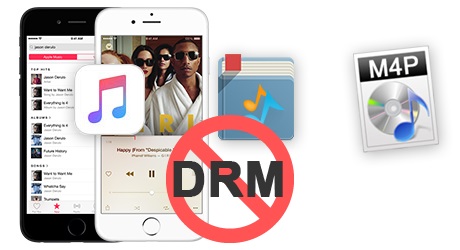
How do you remove DRM from iTunes music? Here are 5 most popular methods introduced in this post, and have a try now.
5. Supported Devices: Apple Devices vs. Cross-Platform Access
iTunes and Apple Music serve different user needs. iTunes is primarily built for Apple devices. You can easily use it on your Mac or PC and sync your library with iPhones, iPads, and iPods within the Apple ecosystem.
However, Apple Music is available not only on Apple devices but also on Android smartphones and tablets. You can even stream it on Windows computers using a web browser. This wider support is perfect for users who may mix different types of devices. For example, someone using an Android phone can still download the Apple Music app to access their playlists.
Part 3. Apple Music vs iTunes: Which Is Right for You or Use Both?
When Apple Music launched in 2015, many wondered if it would replace iTunes. Today, it's clear that iTunes is stepping back, but why did this happen?
iTunes has faced several issues over the years. As it took on more tasks - managing music, movies, and podcasts - it became bloated and slow. Users increasingly demanded a faster, more efficient app that could focus primarily on music. While iTunes offers versatility, its complexity can hinder the user experience.
In contrast, Apple Music provides a streamlined, modern approach to music streaming. With its subscription model, you can access millions of songs without the need to purchase each track individually. This convenience appeals to many music lovers, as it allows for easy exploration and discovery of new music.
So, which service is right for you? If you prefer a contemporary and user-friendly music experience, Apple Music is likely the best choice. Its extensive library and intuitive interface make it a favorite among those who value instant access to music. However, if owning your music collection is important to you, iTunes still has its merits, especially for those who want to curate their personal library.
Part 4. How to Transfer iTunes to Apple Music (or Vice Versa)
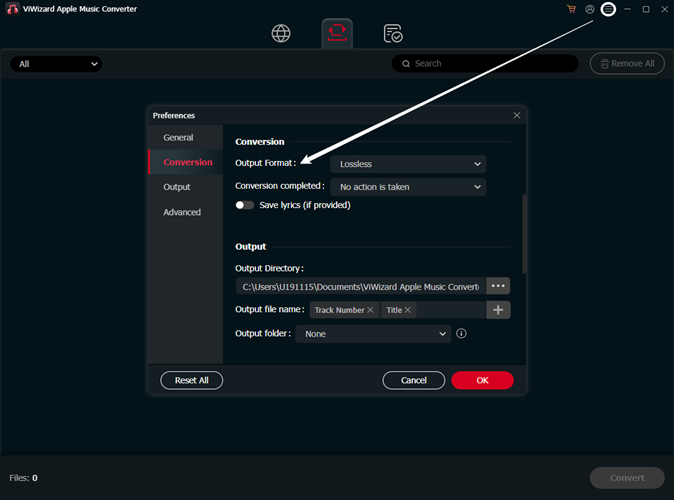
If you're thinking about switching between iTunes and Apple Music, you might need to transfer your music library. This process can be straightforward with the right approach.
If you use iTunes and have synced your music library with iCloud, just sign in to Apple Music with the same Apple ID, and your music will sync automatically.
However, moving from Apple Music to iTunes is a bit trickier. Apple Music songs are DRM-protected, meaning you don't own them outright. You can still add purchased songs from iTunes or songs already saved in your library, but you won't be able to transfer Apple Music tracks directly.
To simplify this process, consider using a tool like ViWizard Apple Music Converter. This software lets you convert Apple Music songs into common formats like MP3 or M4A, making it easier to keep your favorite tracks even if you cancel your subscription. With ViWizard, you can ensure your music collection remains accessible regardless of the platform.
More Guides to Get Started:
Key Features of ViWizard Audio Converter
Free Trial Free Trial* Security verified. 5, 481,347 people have downloaded it.
- Convert Apple Music songs, albums, playlists, and artists into MP3 for easy access
- Preserve lossless audio, high-resolution lossless, and Dolby Atmos quality
- Strip DRM from Apple Music for unrestricted offline listening
- Save converted audio files while retaining full ID3 tag details
The Final Thought:
I truly believe that the mobile data technology will boost the development of streaming services in a deeper way. However there's a part of me inside can not be convinced that we should "streaming" everything. As I can forsee that once we become too depend on the streaming services, we will be panic and freak out when the electricity or network is cut off. Or even worse, the service are closed down. It's impossible to access to our content under all these circumstances.
On the other hand, streaming services also create a false image that they are helping you save your money. If subscribe to Apple Music, Netflix, Hulu, and other streaming services at the same time, then you will have to pay more than you actually consume. That's why People use ViWizard Audio Converter. It can help you convert Apple Music to common formats, and then you can stream the music to any devices without network or paying too much.
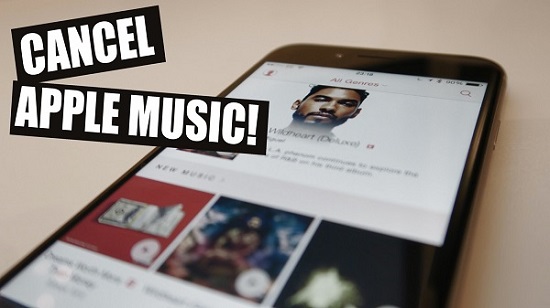
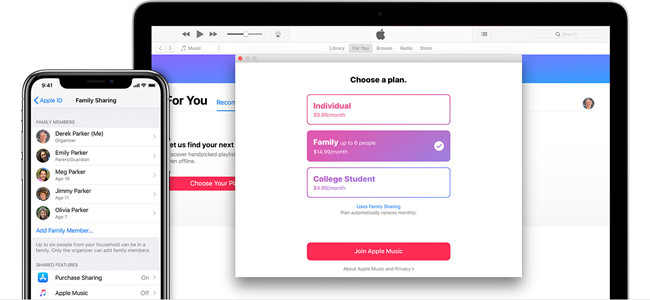
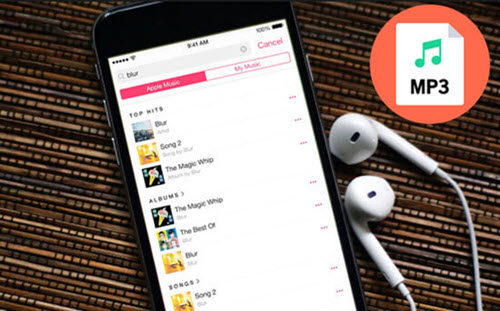
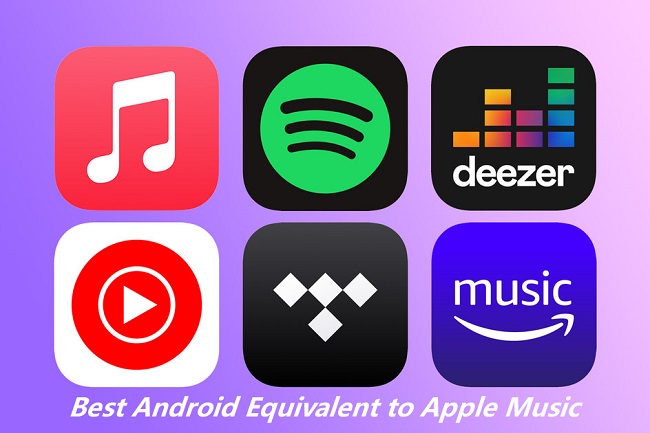
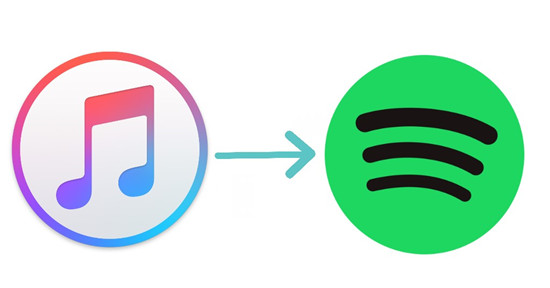

Leave a Comment (0)